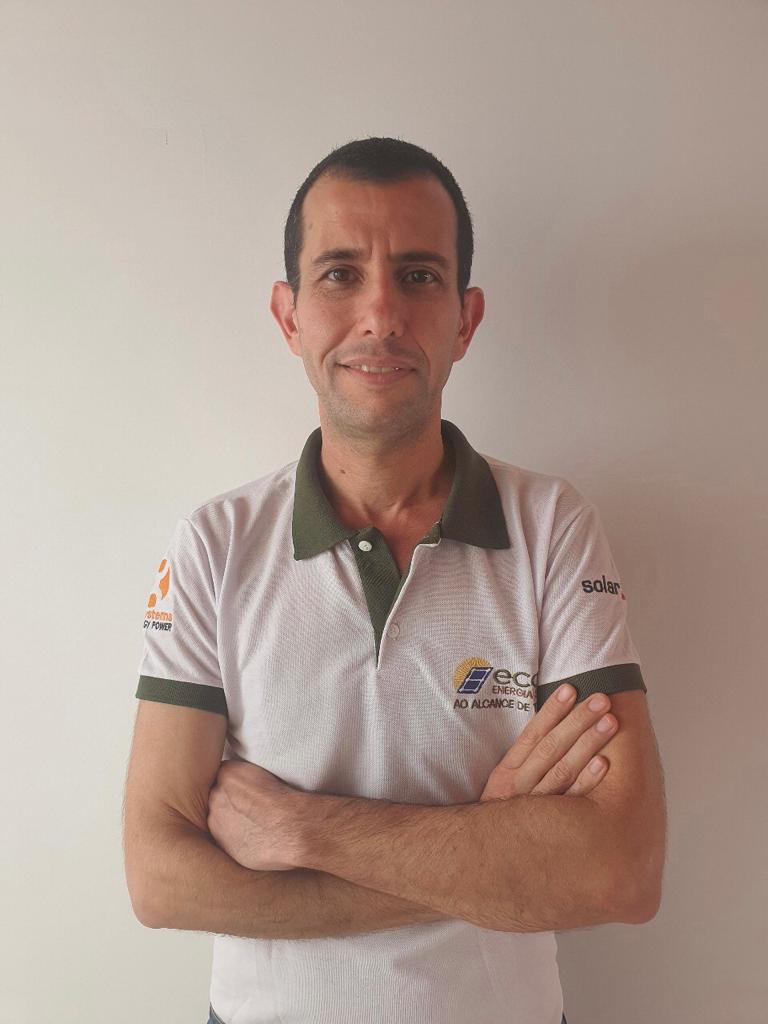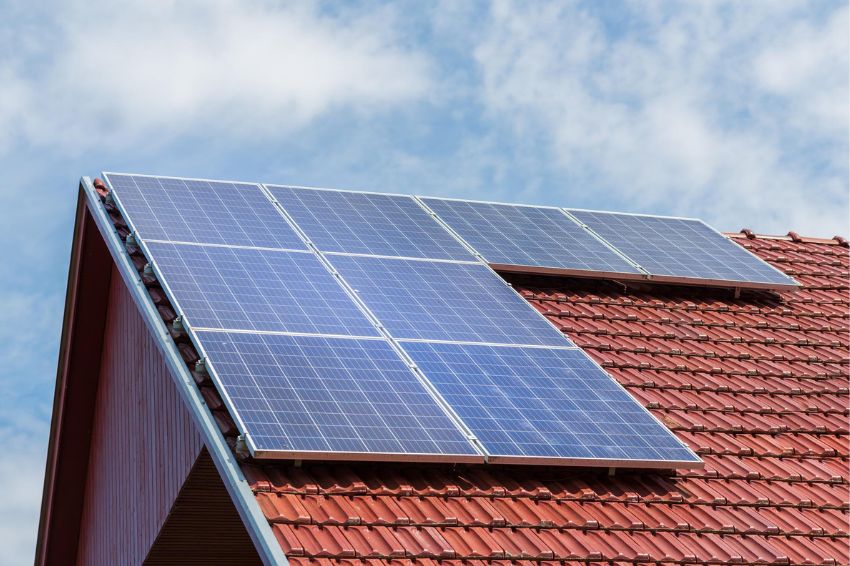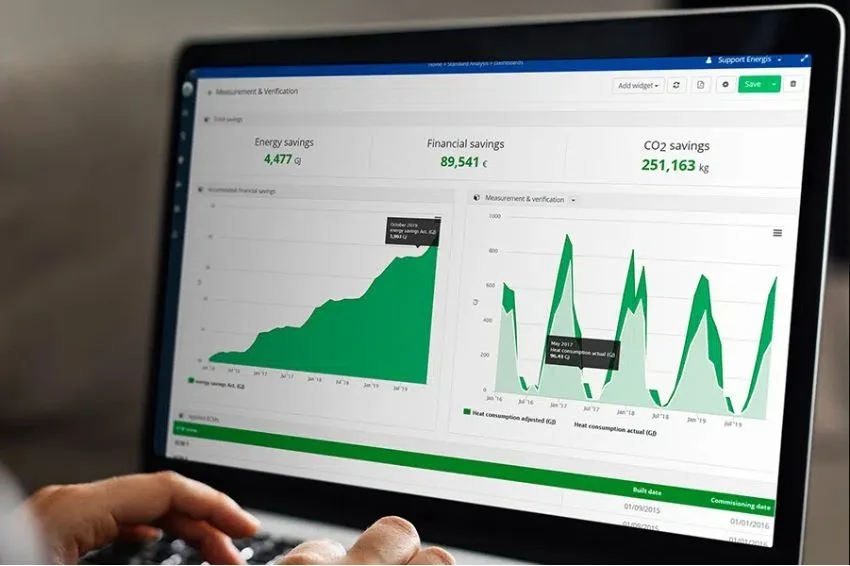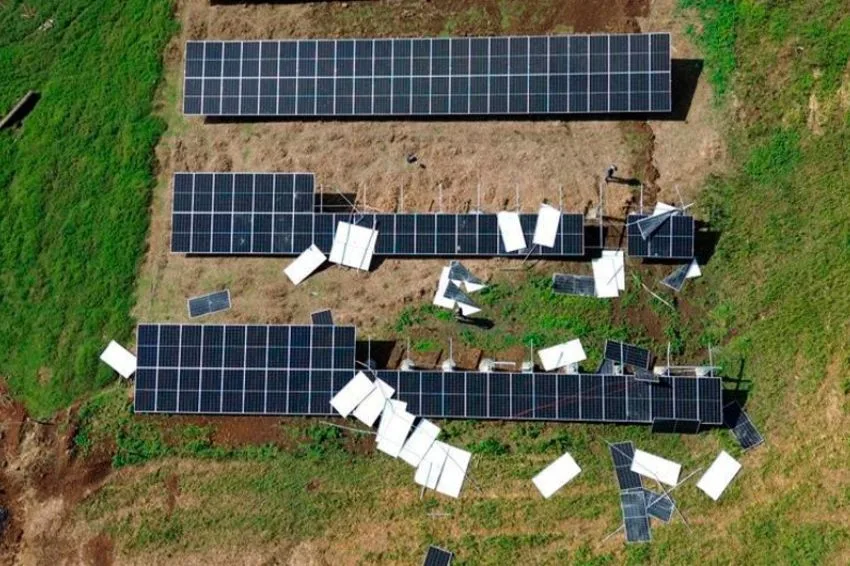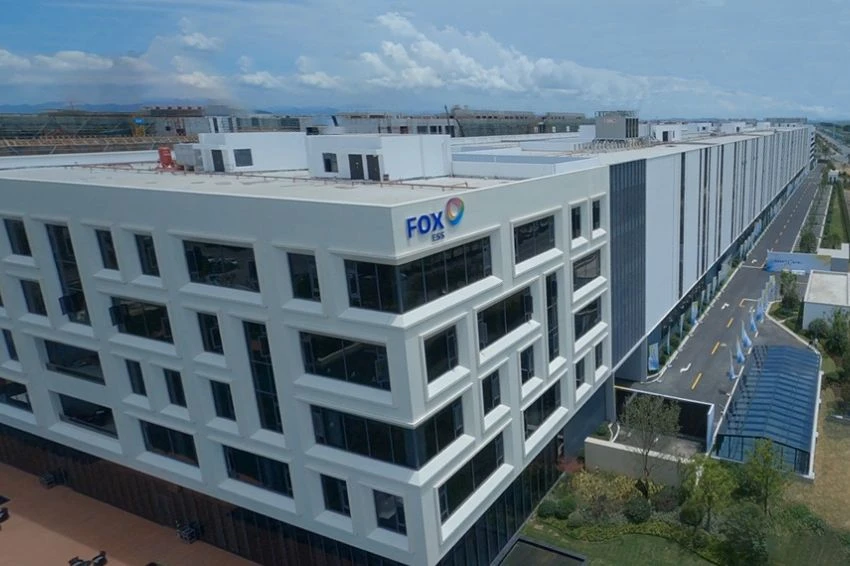Every professional in the Distributed Generation sector in Brazil, especially those who work with photovoltaic solar energy, has already realized that we are in a new market, different from anything we have experienced until the end of 2022.
This is the market that we will come to know as GD 2.0, the new version that emerged from the Legal Framework of our sector, with its most preponderant effects perceived 12 months after its promulgation and also due to the rapid technological advances that we have been following in recent months. .
Knowing this, it is important that we identify paths in which our market will follow in order to position ourselves and continue developing this irreversible movement of changing our energy matrix for the Sun.
In my experience in the solar sector, I have seen this happen in several markets as each of them became more regulated – and in a certain way more restrictive –, demanding increasingly qualified and consultative action from their professionals.
I want to highlight four pillars of the new Distributed Generation in Brazil, which are extremely relevant for the positioning of our sector.
1) Global standardization of high power modules
The photovoltaic module production chain seeks to increase its production capacity through solutions that give the modules greater power and greater efficiency. What does this mean in practice?
For manufacturers to increase their production capacity, production lines must be standardized for these high-power modules.
We are at a time in the market that requires a complete technological development of the equipment that makes up photovoltaic systems, such as structures and, mainly, inverters, which are sufficient to keep up with the rapid evolution of photovoltaic modules and their electrical quantities.
How will we serve our market with 700 W+ modules if the structures cannot support this equipment or if the inverters cannot work with increasingly higher voltages and currents? In this new moment of GD in Brazil, rapid technological advancement requires that all links in the chain commit to technology and quality.
2) Compliance with the requirements for connection to the network
Currently, the screening process for approving projects with energy distributors is even more rigorous. In addition to the obvious requirements brought by Law 14,300 and its regulations, distributors began to demand technical compatibility between inverters and the grid.
An example of this are the Neoenergia group's regulations, which prohibit the connection of single-phase inverters to three-phase networks, regardless of the size of the project.
This prohibition brings a bias often seen in other countries where DG is more developed, which is to maintain the stability of the electricity grid. The basic premise behind this is not to generate unbalances between phases of the electrical network using inverters that are not fully compatible with the connection topology.
3) Security regulations
The global photovoltaic market has a series of safety regulations, the main example being the North American National Electrical Code (NEC) which, since 2011, has provided clear safety guidelines for the installation of photovoltaic systems on roofs. in the United States, in addition to other technical measures.
In Brazil, this issue was somewhat sidelined until recently, but now it gains significant relevance in the new moment of GD. Since 2022, Brazilian states such as Minas Gerais, more recently Mato Grosso and in a few months the Federal District have or will have Fire Department safety regulations to determine rules for installing photovoltaic systems on roofs, among which we can highlight the Rapid Shut Down, which is the rapid shutdown of the DC system of photovoltaic systems.
This forces resellers and designers to carry out increasingly consultative projects, aligned with rules set out in both the law and safety standards, in addition, of course, to all Brazilian and international technical standards that provide good engineering practices to installed photovoltaic plants. on roofs.
4) Energy storage and smart grids
The main reason why we will see the rapid advancement of storage systems in Brazil will not be due to the desire or need for autonomy through disconnection from the grid, but rather the need for a friendly relationship between DG and the electricity grid.
In other words, as DG advances in installed power, the need to control the operation of the Brazilian electrical system will also require measures or regulations to control the injection of surplus energy from photovoltaic systems into the grid.
Initially, storing energy means improving the financial efficiency of the investment made in photovoltaic systems, mainly in microgeneration.
It is possible to carry out much more effective control between production, instantaneous consumption and generation of credits from the injection of energy into the network, which, consequently, generates control and predictability over the incidence of TUSD Fio B charging in systems installed in this new format and Distributed Generation in Brazil.
But, in addition, in several places around the world, including California (USA), there is a phenomenon in the network load curve known as Duck Curve (or Duck Curve in a free translation), when there is a very large difference between moments of high consumption versus those with high injection of energy into the electrical grid

This is a highly unwanted phenomenon that needs to be controlled to prevent the electrical system from collapsing, which is why it is necessary to control this injection. The most efficient way to maintain this friendly relationship with the grid is to store part or all of the excess energy at peak generation times to discharge it onto the grid at peak consumption times.
This brings about a leveling of the electrical grid load curve, which is highly desirable for its operation by the responsible body which, in the Brazilian case, is the ONS (National System Operator).
Ecori Energia Solar, a pioneering distributor of MLPE technology in Brazil with APsystems microinverters, has always prepared itself for this moment of GD 2.0, even when our market was still embryonic.
Concerned with offering the Brazilian market solutions with high added value, security and compliance with international security standards, Ecori offers a complete portfolio of APsystems solutions, with microinverters and storage systems, aligned with the new moment in our market.
In addition, we have developed many free actions to stimulate knowledge, professional qualification, encourage discussions to implement rules and regulations in our sector, in addition to playing a leading role in our role of partnership and support for resellers, designers and integrators who today wonder about the future of our sector.
GD 2.0 is already a reality in Brazil and our ability to understand it, developing solid partnerships, increasing our level of qualification and establishing a culture of consultative sales that emphasizes training, quality of equipment and safety as non-negotiable values, will project us further quickly on the path to success in this market which, despite being different, remains extremely necessary and promising.
The opinions and information expressed are the sole responsibility of the author and do not necessarily represent the official position of Canal Solar.

